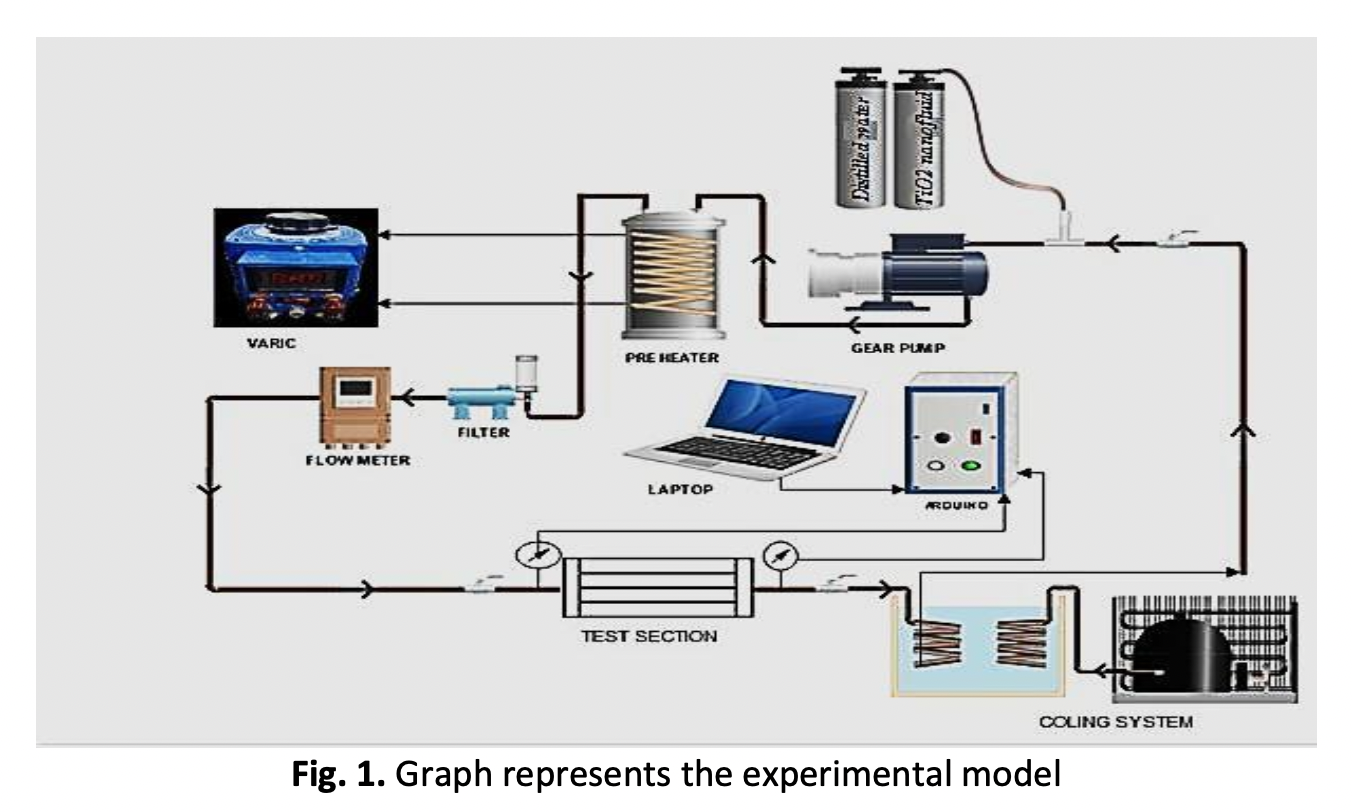An Experimental Study of the Transfer of Heat in Nanofluid of a Tiny-Channel using Several Innovative Arrangement Designs
DOI:
https://doi.org/10.37934/arfmts.116.1.4063Keywords:
Mini-channels, new configuration models, TiO2 nanofluid, heat transferAbstract
This work presents an experimental investigation of the heat transfer (HT) and pressure drop characteristics associated with three different configuration models of minichannel heat sinks. This study utilizes a coolant consisting of TiO2 nanoparticles dispersed in water at a weight concentration of 10%. The performance of this nanofluid coolant is then evaluated and compared to that of distilled water under several heating powers ranging from 100 to 300 W. The findings suggest that the thermal performance of TiO2 nanofluid is significantly influenced by heating power (HP), and its HT efficiency can be enhanced more efficiently at lower levels of HP. However, it has been observed that when the HP decreases, the pressure drop increases. This effect is more pronounced in TiO2 nanofluid than in pure water, which can be attributed to the difference in viscosity with temperature. The Nusselt number remains constant regardless of the increase or reduction in HP. Consequently, when pure water is utilized, the experimental Nusselt number aligns with the Peng and Peterson empirical correlation for all HPs, with an accuracy of 15%. The TiO2 nanofluid was used to test the lowest wall temperature, 40 °C. This measurement was obtained at a Reynolds number of 1100, equivalent to a heat power (HP) of 100 W. Furthermore, it is noted that when the fluid passes through the mini channel, there is an increase in the axial temperature from the input to the outlet of the heat sink (HS). The maximum enhancement observed for a power input of 100 W is 19.59% when utilizing configuration A. This is attributed to the combination of a weak buoyancy force and an increase in the surface area of HT. The HP highly influences the system's thermal performance, and its effective HT characteristics are more pronounced at lower HP levels.
Downloads

































